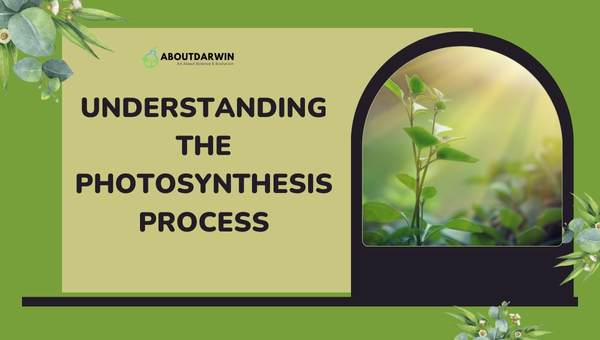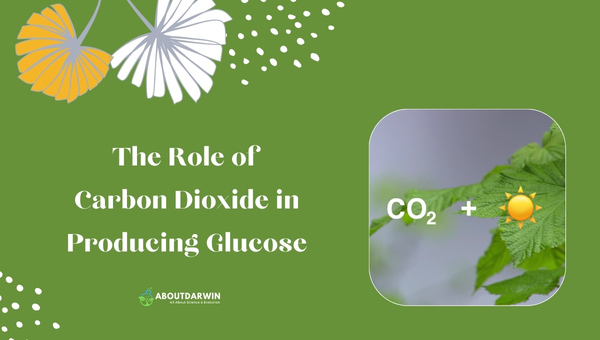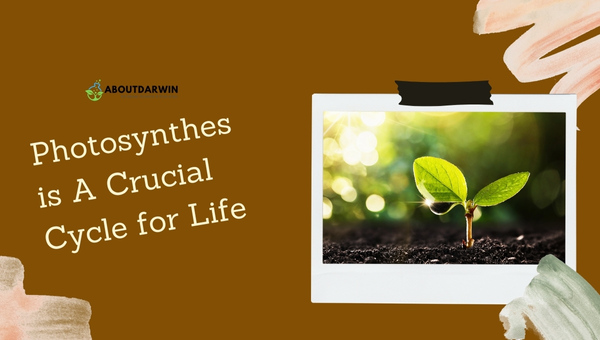Physical Address
304 North Cardinal St.
Dorchester Center, MA 02124
The photosynthesis process is a remarkable phenomenon that underpins life on Earth, allowing plants to transform sunlight into energy.
Through this intricate mechanism, carbon dioxide and water are converted into glucose and oxygen, creating a vital source of sustenance for countless organisms. This essential process not only fuels plant growth but also plays a critical role in maintaining the balance of our ecosystem.
As we explore the process of photosynthesis, we uncover its profound impact on the environment and our daily lives, revealing the interconnectedness of all living things.
Contents
Photosynthesis is a vital biological process that enables plants, algae, and certain bacteria to convert light energy into chemical energy.
This process not only sustains the organisms that perform it but also supports life on Earth by producing oxygen and organic compounds essential for other living beings. Through photosynthesis, these organisms capture sunlight and use it to transform carbon dioxide and water into glucose and oxygen.
This intricate mechanism is fundamental to the Earth’s ecosystem, as it forms the base of the food chain and plays a crucial role in regulating atmospheric gases.
Types of Photosynthesis:
Stages of Photosynthesis:
Photosynthesis is a vital biological process that enables plants, algae, and some bacteria to convert light energy into chemical energy. This process not only produces glucose, a crucial energy source for these organisms, but also releases oxygen, which is essential for the survival of most life forms on Earth.

Photosynthesis occurs mainly in the chloroplasts of plant cells and can be divided into two main stages: the light-dependent reactions and the light-independent reactions (Calvin cycle).
This process is critical for appreciating how energy flows through ecosystems and the importance of plants in maintaining atmospheric oxygen levels.
There are two primary stages of photosynthesis:
The overall equation for photosynthesis is:
6 CO2 + 6 H2O + Light energy -> C6H12O6 + 6 O2
This equation demonstrates the conversion of six molecules of carbon dioxide (CO2) and six molecules of water (H2O), using light energy, into one molecule of glucose (C6H12O6) and six molecules of oxygen (O2).
Factors that affect the efficiency of photosynthesis include:
Photosynthesis is a fascinating and vital process that plays a significant role in sustaining the natural balance of our ecosystem. By gaining a better understanding of this process, I hope it sheds light on the importance of plants and the need to preserve our environment.
Also Read: Forestry Career: What Do Foresters Do and How to Become One?
The role of carbon dioxide (CO₂) in the production of glucose is a fundamental aspect of photosynthesis, the process by which plants, algae, and some bacteria convert light energy into chemical energy.

During photosynthesis, CO₂ is absorbed from the atmosphere and utilized to synthesize glucose, a vital energy source for nearly all living organisms.
This process primarily occurs in the chloroplasts of plant cells, where light energy is harnessed to drive the reactions necessary for glucose production.
Key points about the role of carbon dioxide in producing glucose include:
Photosynthesis is an essential biological process that occurs in plants, algae, and certain bacteria, converting light energy into chemical energy in the form of glucose. This process not only fuels the growth and survival of these organisms but also contributes to improving air quality by removing carbon dioxide and releasing oxygen into the atmosphere.

The process begins when light energy is absorbed by chlorophyll and other pigments in the chloroplasts of plant cells. This energy splits water molecules into oxygen and hydrogen ions, with the oxygen released into the atmosphere and the hydrogen ions combining with carbon dioxide to form glucose.
Photosynthesis occurs in two stages: the light-dependent reactions and the light-independent reactions, also known as the Calvin Cycle. During the light-dependent reactions, energy from sunlight is used to produce ATP and NADPH, which are then utilized in the Calvin Cycle.
In the Calvin Cycle, these energy molecules convert carbon dioxide from the atmosphere into glucose, which serves as an essential energy source for plants and other organisms. Photosynthesis plays a key role in plant growth, reproduction, and in the creation of Earth’s scenic beauty.
It also impacts the global carbon cycle by regulating carbon dioxide levels in the atmosphere, helping to control Earth’s climate. Remarkably, it’s estimated that marine phytoplankton produces about 50% of the world’s oxygen, with land plants contributing the other 50%.
Annually, photosynthesis fixes approximately 130 gigatons of carbon dioxide, removing around 10% of atmospheric carbon dioxide. Given its crucial role in sustaining life, photosynthesis is truly one of nature’s wonders, supporting life on Earth while maintaining a cleaner atmosphere.
The photosynthesis process is fundamental to life on Earth, as it enables plants to convert sunlight, carbon dioxide, and water into glucose and oxygen.
This remarkable transformation not only fuels plant growth but also supports the entire food web by providing energy for other organisms. Understanding the intricacies of the process of photosynthesis highlights its critical role in maintaining ecological balance and improving air quality.
Ultimately, recognizing its significance fosters a deeper appreciation for the natural world and underscores the importance of preserving our environment.